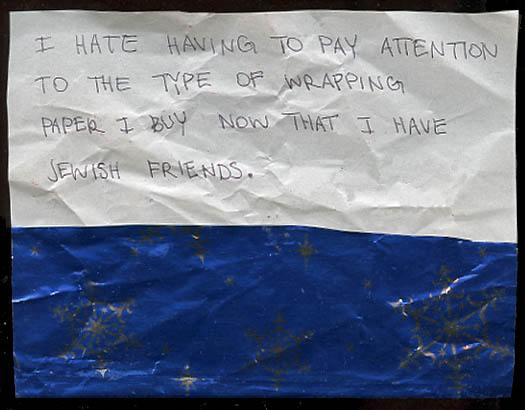Flashback Friday.
During the colonial era, class-privileged citizens of colonizing nations would travel to colonized lands to, as I wrote in a previous post, “enjoy reveling in the seemingly bizarre and unfamiliar people and customs of these Other places…” Human beings, in other words, were among the objects of this tourism, along with gorgeous vistas and unfamiliar plants and animals.
Today many citizens of wealthy nations still yearn for “authentic” and “unique” travel experiences. It is somehow more prestigious to go where others do not. And human beings are still, often, the object of such tourism. This kind of travel, always ethically problematic, has become increasingly disruptive as fewer and fewer places are inaccessible and more and more people are able to afford to get there. For those humans identified as worthy of the tourist gaze, this may sometimes mean constant and overwhelming objectification.
A new documentary, Camera, Camera, documents the crushing weight of tourism in Luang Prabang, Laos, where monks make a traditional sacred procession each morning. Seth Mydans, reviewing the film, writes:
…this sacred ritual is now swarmed by scores of bustling tourists, some of whom lean in with cameras and flashes for closeups as the monks pad silently past.

Frustrated, artist Nithakhong Somsanith says:
They come in buses. They look at the monks the same as a monkey, a buffalo. It is theater… Now the monks have no space to meditate, no space for quiet.
This clip from the documentary captures Somsanith’s concerns beautifully and hauntingly:
Originally posted in 2010.
Lisa Wade, PhD is an Associate Professor at Tulane University. She is the author of American Hookup, a book about college sexual culture; a textbook about gender; and a forthcoming introductory text: Terrible Magnificent Sociology. You can follow her on Twitter and Instagram.



